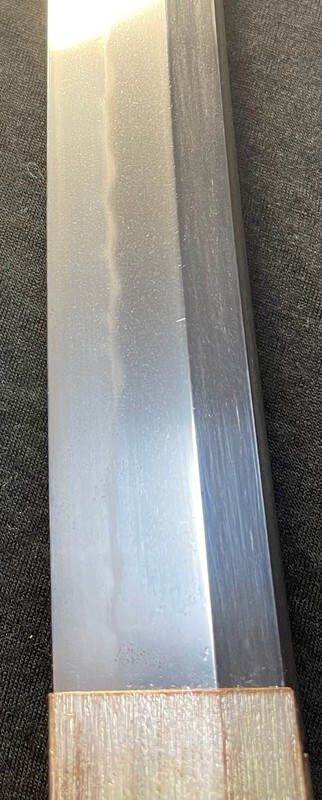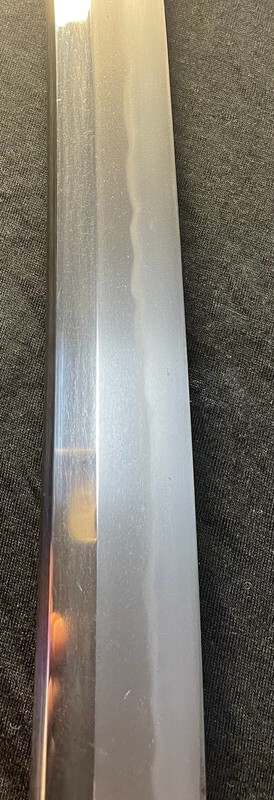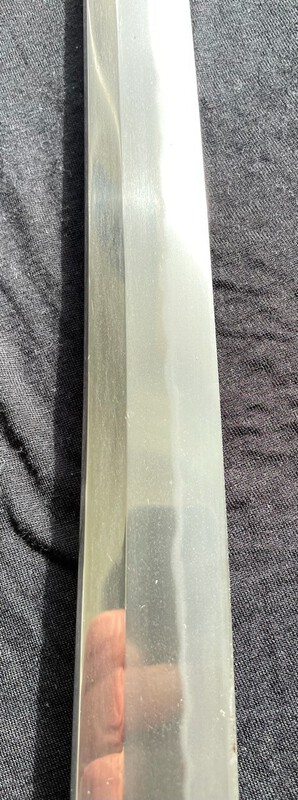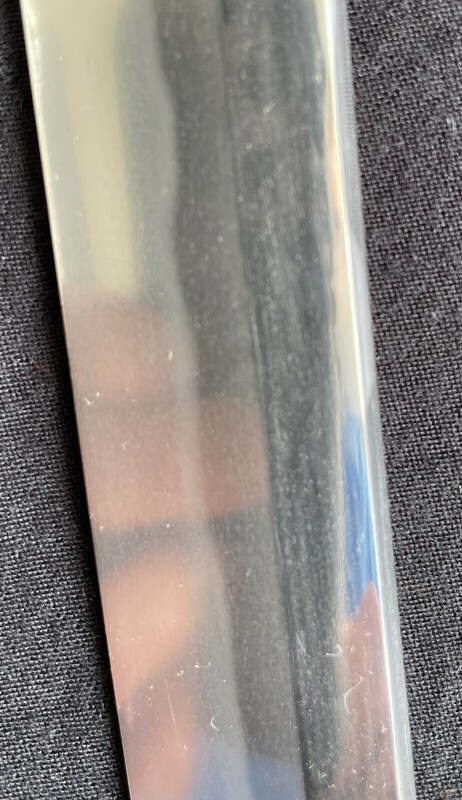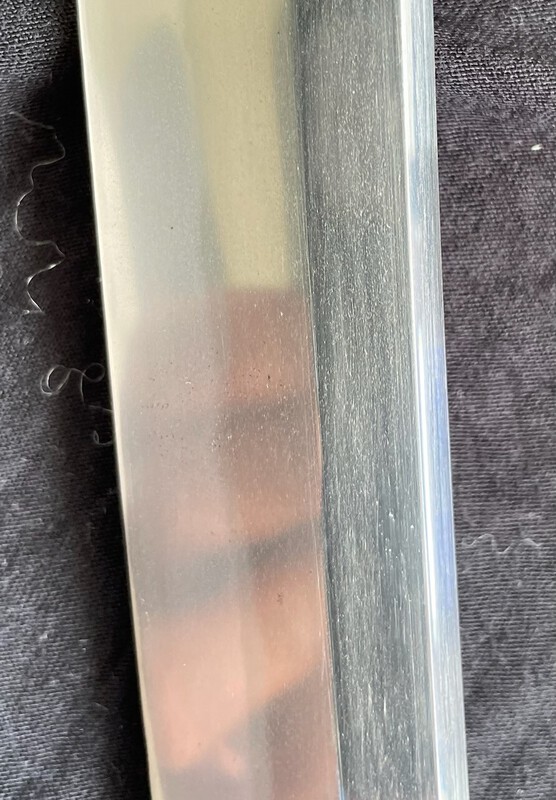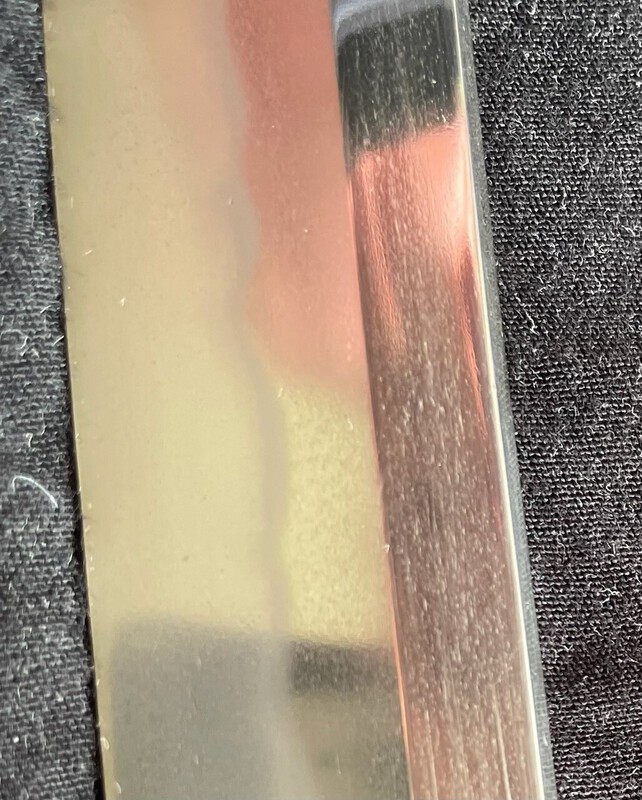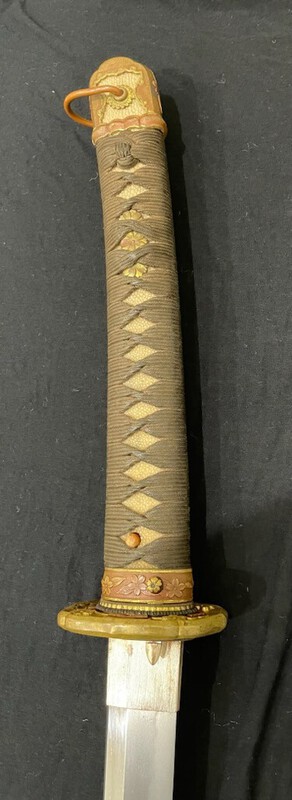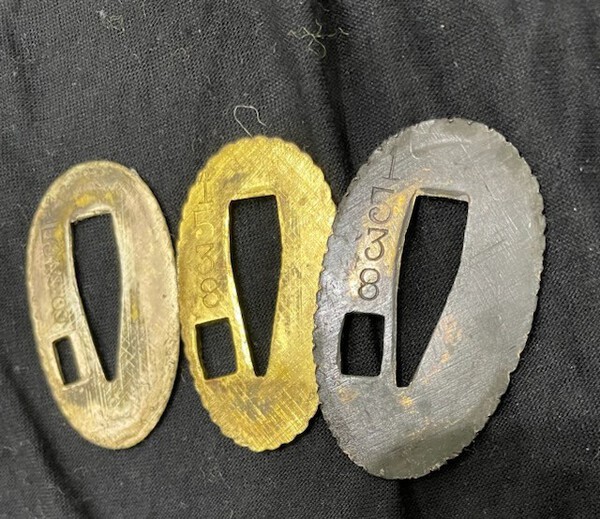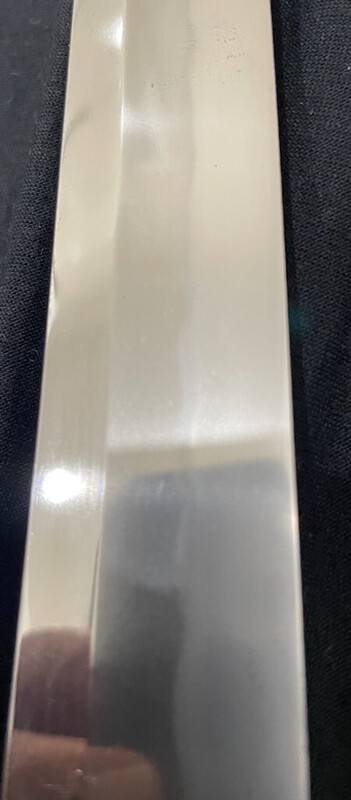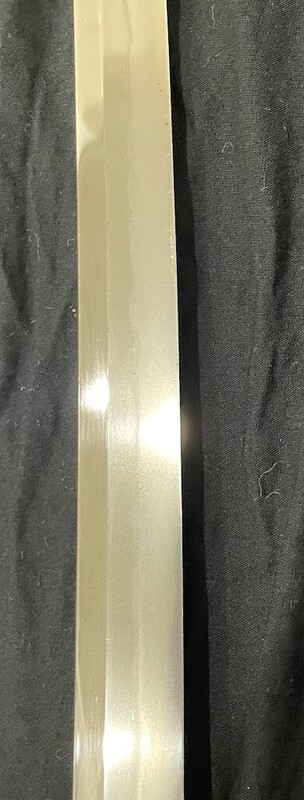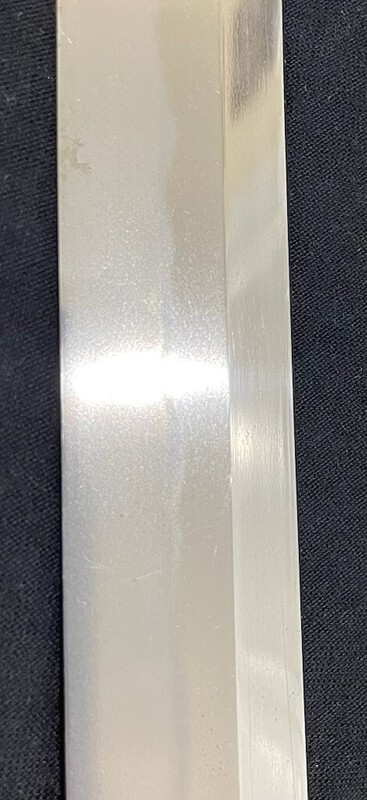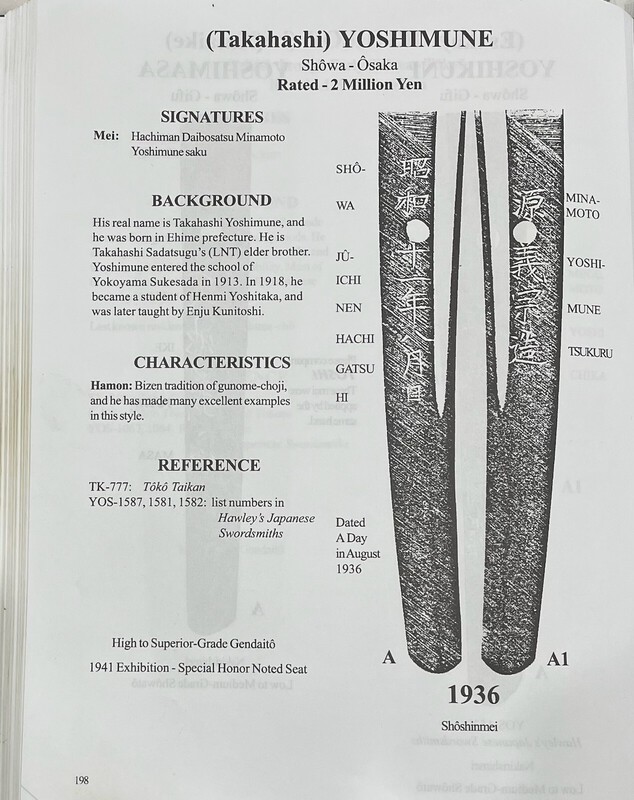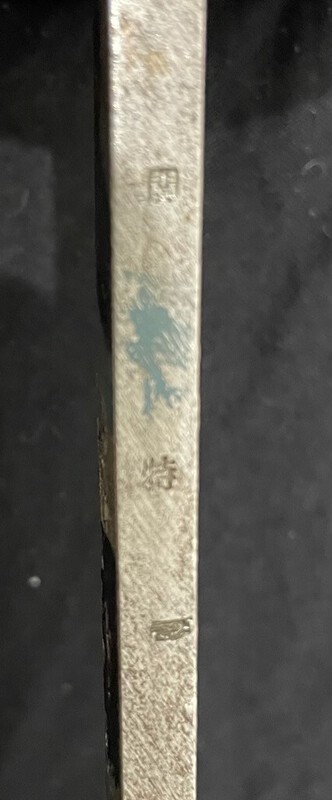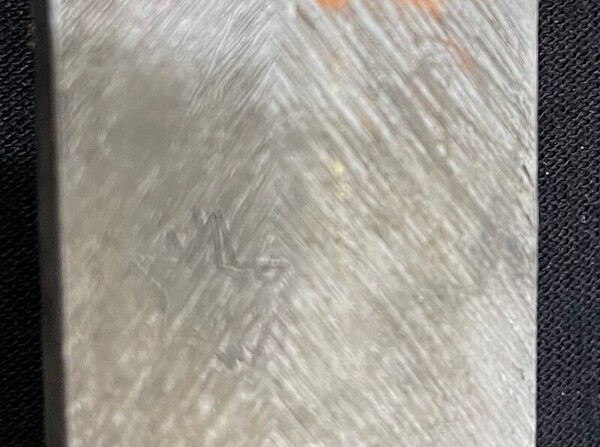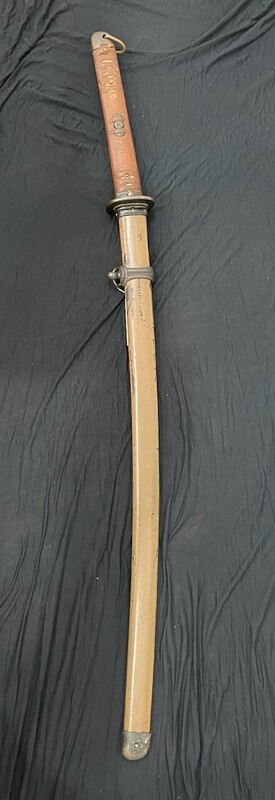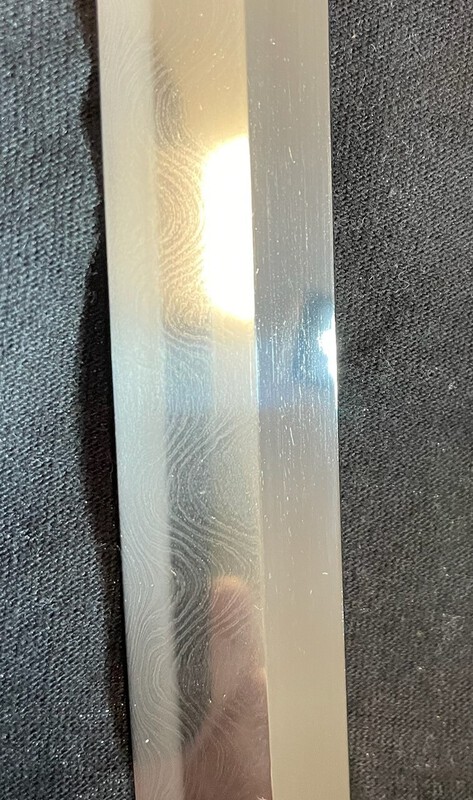-
Posts
1,792 -
Joined
-
Last visited
-
Days Won
84
IJASWORDS last won the day on March 28
IJASWORDS had the most liked content!
About IJASWORDS

- Birthday 06/11/1950
Contact Methods
-
Website URL
http://militaria.co.za
Profile Information
-
Gender
Male
-
Location:
NSW AUSTRALIA
-
Interests
WW2 Japanese Militaria especially swords
Profile Fields
-
Name
Neil
Recent Profile Visitors
3,441 profile views
IJASWORDS's Achievements
-
-
-
A progress report. I bought a small (probably too small) LED light, and took some more photos. Whilst the sword looks great in the light, capturing it on iPhone camera is challenging, my daughter held the light and I tried to take photos. As I said, I will get the right gear probably after Easter and try again, so some photographic progress is being made, but I will do better. These 3 photos were taken at different areas of the sword, with different light angles. Hada and Habuchi are better pronounced, but I want to do better.
-
Rather than "bickering" as Hamfish says, I will accept the challenge from Franco D and try and take better photos. As "oli" suggested, I will rig up better lighting. My original post was photographed as I was doing its regular clean and oil, and not set up for photography. So how about we take a rain check on the discussion, and I will post (hopefully) better photos.
-
Thanks Brian, I post the occasional sword to share my enjoyment whilst I have it in my care, until the next generation can acquire and preserve it. I know iPhone photos are not always the best way to show off a sword's attributes, but I do my best. If I have ever had a question about a sword, I do it by PM, in a polite way. There are many folk out there that have an interest in Japanese military swords and GENDAI, and not a day passes that I am not on the phone, email or SMS to one. And thanks to "whatsapp" many overseas (hi Bruce!). For many collectors on this forum, the Military section is their first go-to area. Keep it positive, polite and constructive.
-
Maybe the photos are not as perfect as I indicated in the description. BUT it is traditionally made with very clear hamon, hada and importantly habuchi. If you want evidence, get on a plane and come and see it for yourself, otherwise.........
-
This sword could live just as happily live in the Nihonto section as well as the Military. A May 1941 (Takahashi) YOSHIMUNE, in the less common aluminium saya, All the fittings are matching numbered "1538", indicating an original complete sword. His lineage as a swordsmith is without question, his brother SADATSUGU was a "Living National Treasure". This BIZEN tradition sword has a nice hamon and hada, the photos do it no justice. The MEI translates to "The God of war, Minamoto YOSHIMUNE made this". I share this sword because I spent years trying to find a top example of his work as I think he was one of the top Gendai sword makers. I acknowledge using pages from Slough.
- 673 replies
-
- 18
-

-

-
Basically a war time polish in my view, is the original polish that was on the sword at the time of capture or surrender. Of course this polish could be spectacular or utilitarian, or could be the result of a rough field polish during action by the soldier. In any case, you could substitute the term original polish, or as found polish.
-
I pulled a few swords from the cupboard tonight to inspect and enjoy. This KANETOSHI (Murayama) Star Stamp, July 1944 in late war RS mounts always demands attention. In WW2 polish, the hada and hamon in Ichimonji style JUKA CHOJI, is like viewing a nice piece of art, something new always catches your eye. For Bruce's benefit, I tried to do my best on the MUNE stamps. I have probably posted photos before, but my new phone camera and LED lights show much more detail. If I had the time and money, this sword would be a prime candidate for a touch up polish.
- 673 replies
-
- 11
-

-

-
Thanks Tom, it's yours.
-
-
For sale is a unique of sword and koshirae outfit from the Japanese Imperial Army used in WW2. Firstly, look at the blade, a (Shoda) MASAFUSA, a traditionally made sword by a 1 million YEN sword smith in great war time polish. Complete with the hot stamps detailing that it was made by the soft core steel and covered with the hard steel combination. The registration number, 211659, of the design is also in the hot stamp. The hamon, kisaki and boshi are really nice. Secondly, the koshirae, the very rare Iida latch combination, that functions perfectly, complete with design and patent numbers. Most of the original paint and gilding is still evident on the fittings. And adding to the collectability, is a silver Samurai Family Mon, and topped off with a brown/blue original officer's tassel in great condition (worth a couple of hundred bucks alone!). So in summary, an extremely good example of a rare sword and blade combination that has everything, that would add interest to any collection. I have sold many swords to NMB members, and the feedback is that my photos don't do justice to what they see in the hand. These swords usually sell for much more than the USD3350 (including express postage) that I am asking. This is a fantastic sword that ticks all the boxes, great blade, rare koshirae (that works!), mon and tassel. index.html
-
Steve, I too have been absent from the forum for many months, and your description of where you are in your collecting rings a familiar bell. BUT, I am twice your age, and my thoughts lead me to wonder what happens to my collection when God finally calls "last drinks". I am sure my kids will ring some junk shop, or worse, will order a dumpster. Like you, I have over the years accumulated every make, model and variety of WW2 era swords, using "Dawson" as a guide, and then some! If you don't need the money, and in good health, hold off for a while and maybe sell a sword or two, just to understand the market, this has been my methodology over the past couple of years. Anyway, what ever you decide to do, its been great interacting with you on the forum, and many communications on other media. I do like Bruce's idea of a book, at least take top quality photos and record the information just in case some one else can use it. Best wishes.
-
- 136 replies
-
- 13
-

-

-
The swords in the photo posted by Trystan above were all made by KANEMICHI. Here are some photos of my 1935 KANETOKI who changed his name to KANEMICHI later on. This example in gloss '94 mounts, has horimono on both sides! I am obviously a fan of his work, and the number of swords with beautifully cut horimono is amazing. Many are true works of art.





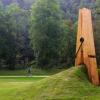

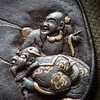


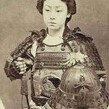



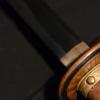
.thumb.jpeg.3d3dbecade81bb53985ff586033f4b31.jpeg)
